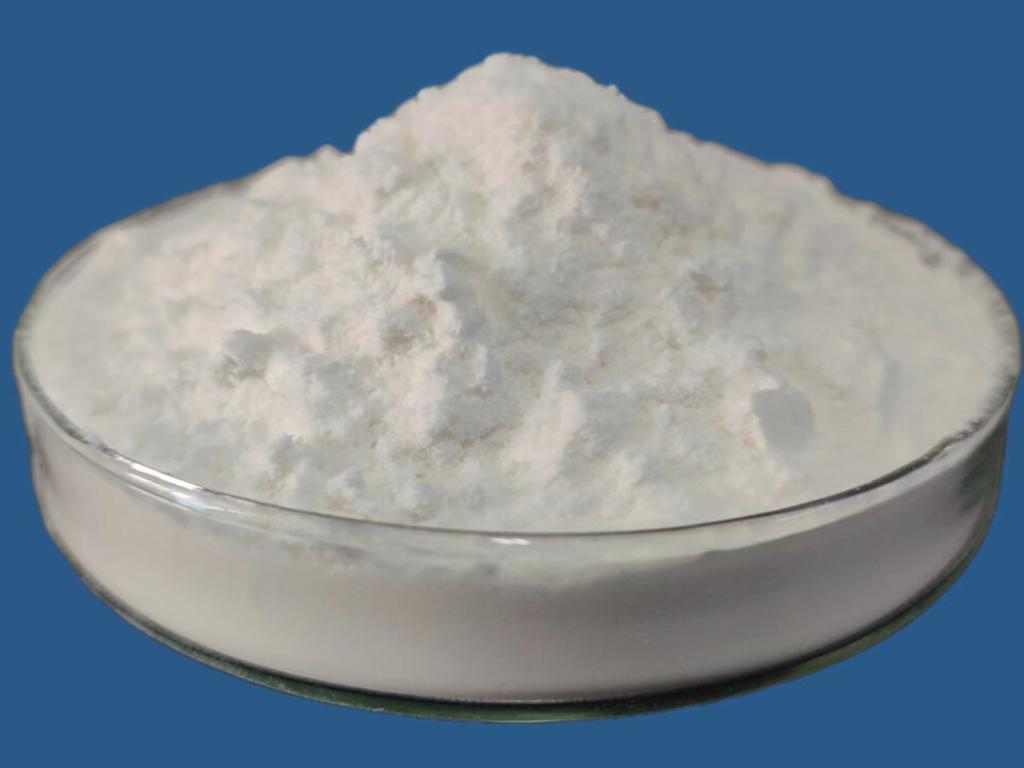Tel:0086 18231198596

News
ε-Polylysine Hydrochloride: A Breakthrough in Food Preservation.
TIME:2024-05-22
Food preservation is a critical aspect of food production and distribution, ensuring the safety, quality, and shelf life of food products. Traditional methods of food preservation often involve the use of chemical additives and synthetic preservatives, raising concerns about their safety and environmental impact. In recent years, there has been increasing interest in natural antimicrobial agents as alternatives to traditional preservatives. ε-Polylysine hydrochloride, derived from natural sources, has emerged as a breakthrough in food preservation due to its effectiveness, safety, and sustainability. This review explores the role of ε-Polylysine hydrochloride in food preservation and its potential to revolutionize the food industry.
2. Characteristics of ε-Polylysine Hydrochloride
ε-Polylysine hydrochloride is a cationic polymer composed of multiple lysine residues linked by peptide bonds. It is produced through fermentation of Streptomyces albulus or other microorganisms and is typically available in the form of a water-soluble powder or solution. ε-Polylysine hydrochloride exhibits potent antimicrobial activity against a wide range of Gram-positive and Gram-negative bacteria, as well as fungi and yeasts. Its low toxicity, biodegradability, and Generally Recognized as Safe (GRAS) status make it an attractive option for food preservation applications.
3. Mechanisms of Action
The antimicrobial activity of ε-Polylysine hydrochloride is attributed to its ability to disrupt microbial cell membranes and inhibit protein synthesis. Upon contact with microbial cells, ε-Polylysine hydrochloride binds to negatively charged components of the cell membrane, causing membrane disruption and leakage of intracellular contents. Additionally, ε-Polylysine hydrochloride can penetrate microbial cells and interfere with protein synthesis, leading to cell death. These dual mechanisms of action make ε-Polylysine hydrochloride highly effective against a wide range of microorganisms.
4. Applications in Food Preservation
ε-Polylysine hydrochloride has diverse applications in food preservation, including:
Meat and Poultry: ε-Polylysine hydrochloride is used to inhibit the growth of spoilage bacteria and pathogens in meat and poultry products, extending their shelf life and improving safety.
Dairy Products: ε-Polylysine hydrochloride is added to dairy products such as cheese, yogurt, and milk to prevent spoilage and contamination by bacteria and fungi.
Baked Goods: ε-Polylysine hydrochloride is incorporated into baked goods to inhibit the growth of mold and yeast, prolonging their freshness and shelf life.
Processed Foods: ε-Polylysine hydrochloride is used in a variety of processed foods, including sauces, dressings, and ready-to-eat meals, to enhance microbial stability and safety during storage and distribution.
5. Benefits of ε-Polylysine Hydrochloride in Food Preservation
The use of ε-Polylysine hydrochloride in food preservation offers several benefits:
Enhanced Food Safety: ε-Polylysine hydrochloride effectively controls microbial growth, reducing the risk of foodborne illness and ensuring the safety of food products.
Extended Shelf Life: ε-Polylysine hydrochloride inhibits the growth of spoilage microorganisms, extending the shelf life of food products and reducing food waste.
Natural and Sustainable: ε-Polylysine hydrochloride is derived from natural sources and is biodegradable, making it a sustainable alternative to synthetic preservatives.
6. Challenges and Future Directions
Despite its numerous benefits, the widespread adoption of ε-Polylysine hydrochloride in food preservation faces challenges related to regulatory approval, cost, and consumer acceptance. Future research efforts should focus on addressing these challenges and optimizing the formulation and application of ε-Polylysine hydrochloride in food products. Additionally, exploring synergistic combinations with other natural preservatives and innovative packaging technologies could further enhance its efficacy and versatility in food preservation.
7. Conclusion
ε-Polylysine hydrochloride represents a breakthrough in food preservation, offering a natural and effective solution to enhance food safety, extend shelf life, and reduce food waste. Its potent antimicrobial properties, coupled with its safety and sustainability, make it a promising alternative to traditional preservatives. By addressing challenges and advancing research in this field, ε-Polylysine hydrochloride has the potential to revolutionize the way food is preserved and distributed, contributing to a safer, healthier, and more sustainable food supply chain.

 CONTACT
CONTACT




